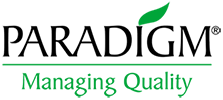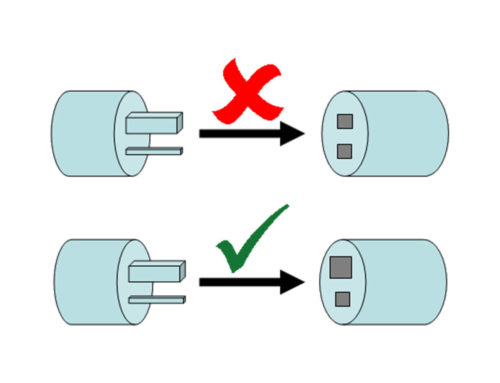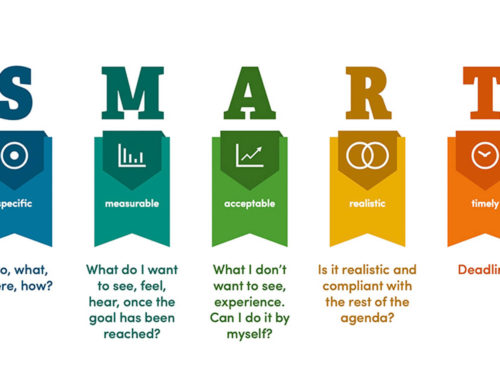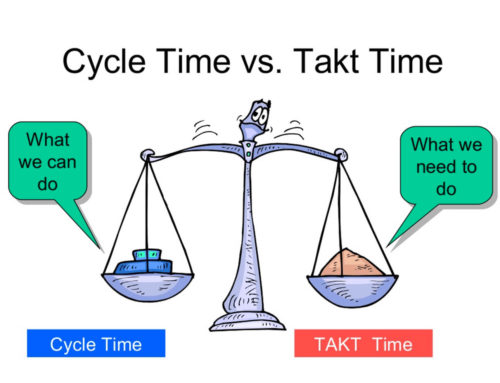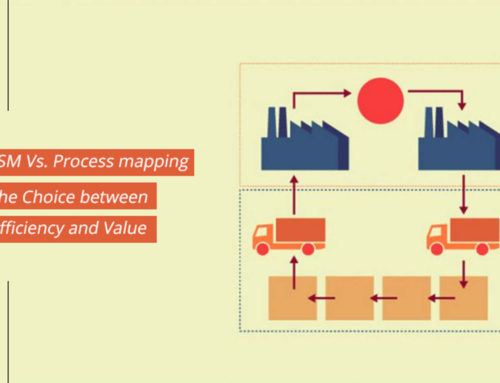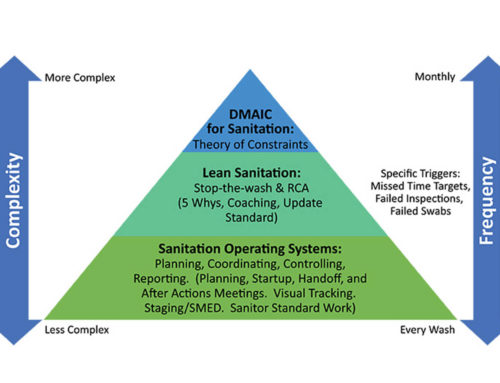One thing that is crucial for food factories is cleaning and sanitization. It costs a lot of money if the factory lacks proper sanitation procedures. Lack of cleaning causes the increased return of products, less profit, and the threat of factory shutdown. Let us have an insight into what areas are hard to clean and how to make sure to sanitize these areas of the food factory properly.
1) Cracks and Crevices
The cracks and crevices are difficult to clean because they are extremely narrow. No one notices that cracks might also need sanitization.
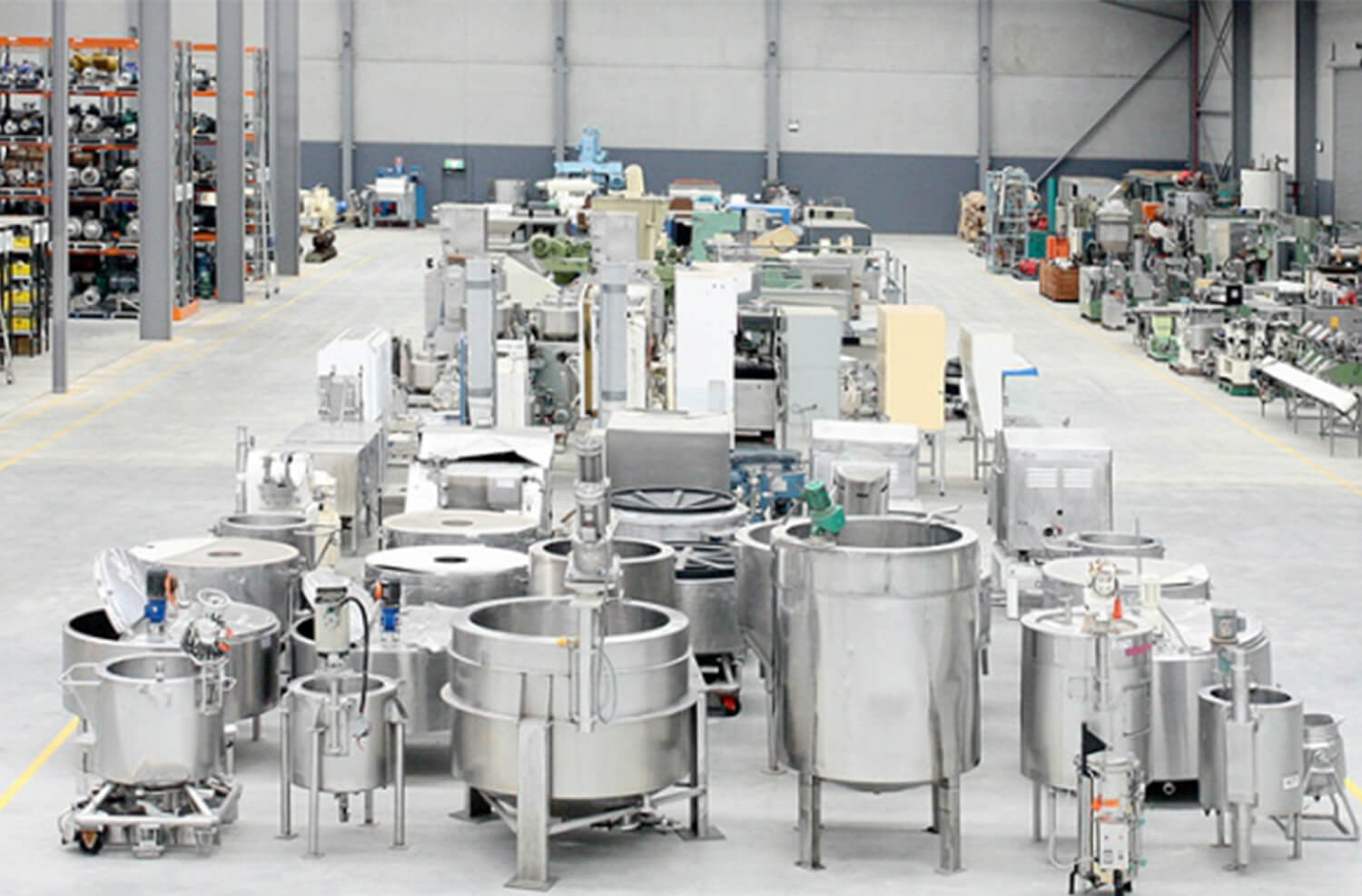 Biofilms easily form in these areas. These microorganisms are clump together and are resistant to sanitizing chemicals.
Biofilms easily form in these areas. These microorganisms are clump together and are resistant to sanitizing chemicals.
- Building Engineers and design managers should either fill out these cracks or guide to sanitize the facility properly
- Efficient cleaning will prevent these biofilms from spreading throughout the factory and clean the areas they may form
2) Equipment and Machinery
The machinery and equipment for food manufacture must be cleaned thoroughly. The proper cleaning will prevent foodborne illness. The equipment also must be changed from time to time. It is difficult as it is costly, but for saving production, it is essential.
According to the FDA report in 2004, the contaminated equipment plays a huge part in the risks of foodborne illness. Proper implementation of sanitization methods and must be emphasized during the training process.
3)Food Residue and Soil
Residues and soil that are produced after food production require different cleaning methods. Carbohydrate soils such as starch or cellulose are easy to remove. However, proteins are also tough to clean. The changes in the binding of proteins due to heat and pH levels make them harder to remove. But, some efficient ways to make it easy can be adopted.
- To remove fatty solid, use alkaline cleaners with high temperatures above the melting point
- Chlorinated detergent should be preferred for protein residue removal
- Use acidic cleaners for mineral soils
4) Work Surface
To produce safe and clean food, it is essential to clean the work station before beginning to produce the new batch. This needs to be done again and again. The spilled soil can also cause sloppiness and hygienic issues on the surface.
- To prevent it, the workers must remove any soil, food residue, or dirt from the surface
- Sanitizing will remove the hazardous bacteria to such levels that the regulators consider as safe
- This will make sure that the food doesn’t get contaminated
5) Raw material
Managers must monitor and verify the food and ingredient’s safety. Moreover, food officials must protect the food in the factory from any unintentional contamination. They must prevent the growth of microorganisms around the food that are harmful. These microorganisms include:
- Viruses
- Bacteria
- Algae
- Parasites
Some pathogens are naturally present in food. For example, chicken has salmonella growing in its digestive tracts. Moreover, during the process of harvesting, storing, transporting, and packaging, and serving these pathogens can be introduced to food.
6) Substrate
The material of the construction found in the food processing plants has a substrate that also needs to be cleaned. While reviewing the specification of materials, the food officials should consider and standard material that should be non-porous, abrasion-resistant, and smooth.
- Plastic or rubbers should be avoided to use or cleaned rigorously as they are susceptible to mold and fungus.
- Paint flaking can cause product contamination.
7) Dishes
Dishwasher and dishes are another difficult but important thing that needs to be cleaned thoroughly. Any neglect will cause the pathogens to reside in the dishes. Safety protocols for customers’ health will not be fulfilled. This process is sometimes difficult because the workers are not properly trained.
8) Integral Structural Parts
Safety managers must control the cross-contamination in the integral, hidden parts of the factory for example pipelines and drain lines. Thoroughly and repeatedly check the integral parts of the factory to identify any mold and resolve the issue.
9) Outside Environment
The area outside the factory should also be sanitized regularly. As employees come inside the factory, they may carry any unhygienic elements.
- Safety managers must take action and clean any junk outside the food factory immediately.
- All workers must follow proper safety protocols.
10) Drainage Systems
It is important to regularly check the drainage systems as it is an essential part of the factory. The pipelines can start to clog if neglected.
- It increases the risk of pathogen growth.
- This may cause serious health issues and food illnesses.
Conclusion
In brief, cleaning and sanitizing will prevent foodborne pathogens and illnesses. Safety managers must take action towards the cleanliness and sanitization of all the areas, including walls and drainage systems.
